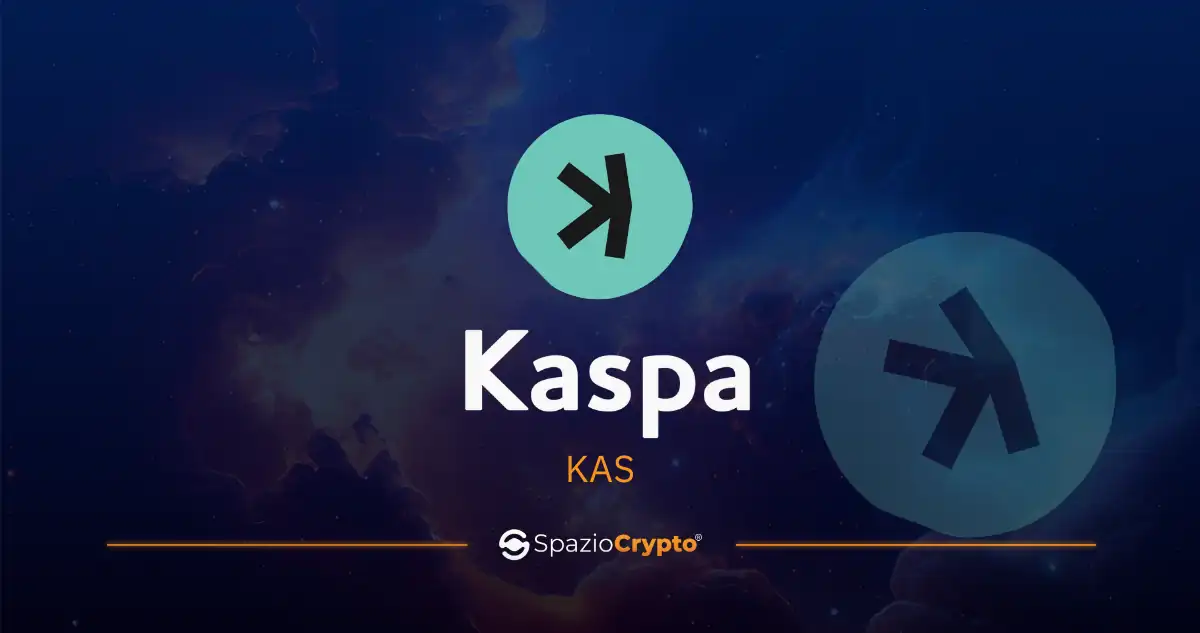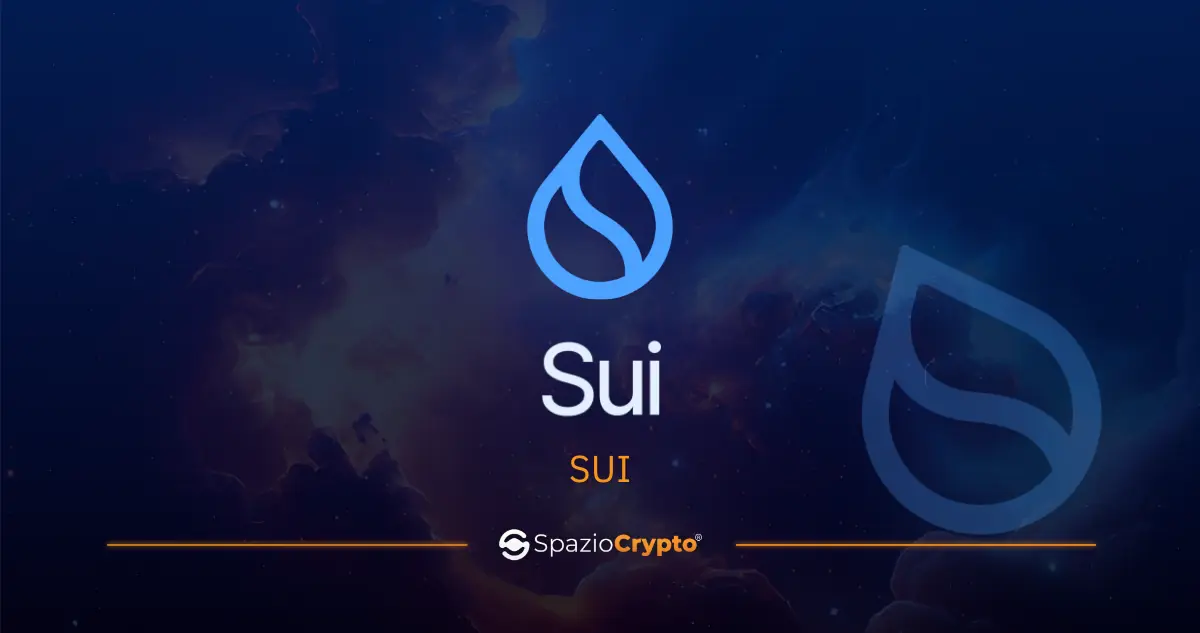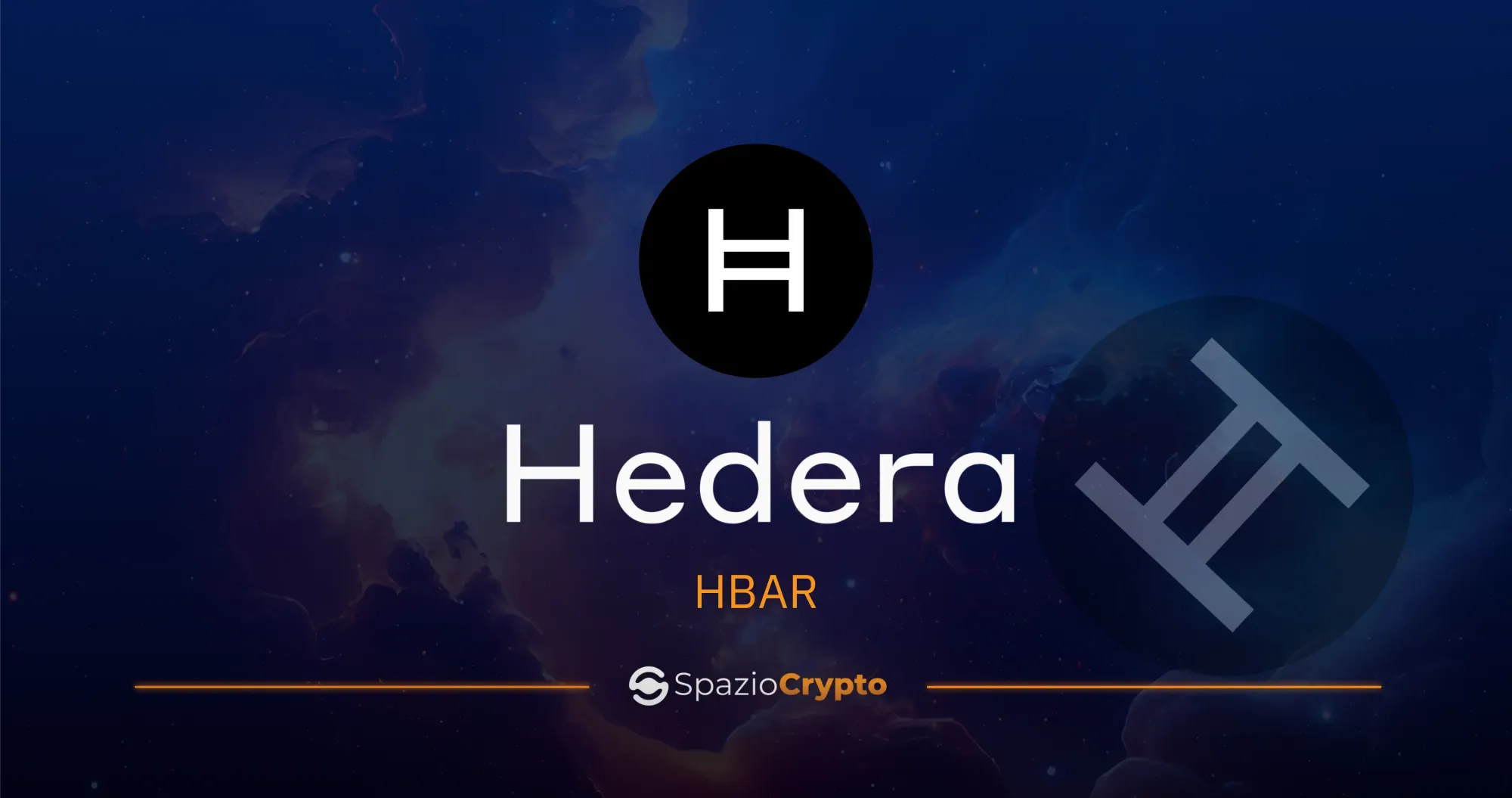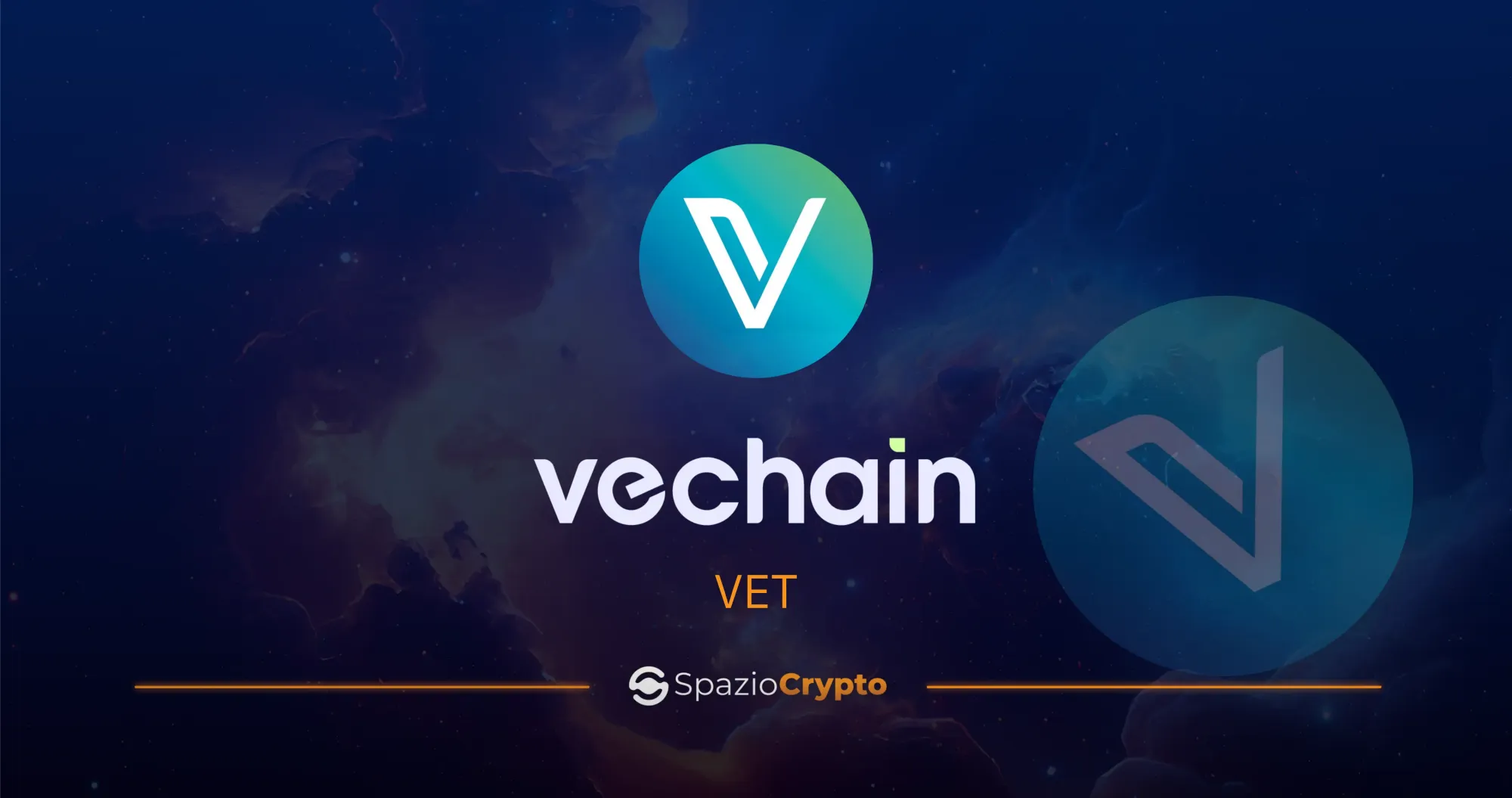Tron (TRX) is one of the most dynamic and innovative cryptocurrencies in the blockchain landscape. Founded by Justin Sun in 2017, Tron aims to revolutionise the digital entertainment industry by providing a decentralised platform for content sharing and distribution. Tron's mission is to build a global ecosystem where users can exchange value without intermediaries and enjoy unrestricted digital services. Tron's core technology is based on a public blockchain that enables the creation and execution of smart contracts. This feature makes it a versatile platform that can support a wide range of decentralised applications (DApps) and smart contracts. Tron is designed to be scalable, fast and efficient, offering a reliable alternative to current centralised models.
The Tron Vision
The Tron Vision focuses on eliminating middlemen and democratising digital content. While many blockchain focus primarily on the transferability of value, Tron goes further, aiming to revolutionise sectors such as music, gaming and content streaming. The platform aims to create an environment where artists and creators can be paid directly by their fans, without the interference of third parties. Tron aims to build an ecosystem where decentralisation is not just a technical feature, but a philosophy that permeates every aspect of the digital experience.
Consensus Algorithm: Delegated Proof of Stake (DPoS)
Tron, founded by Justin Sun in 2017, is distinguished by its advanced technological approach, focusing on eliminating middlemen and creating a decentralised ecosystem for digital entertainment. At the heart of Tron is its consensus algorithm, Delegated Proof of Stake (DPoS), which leverages a system of node selection tasked with validating and producing blocks on the chain. DPoS offers significant advantages in terms of efficiency and transaction speed. Compared to traditional Proof of Work (PoW) systems, which require considerable computing resources, DPoS reduces energy consumption and speeds up the transaction validation process. This feature makes Tron particularly well suited to handle high volumes of transactions in real time, positioning it as an ideal platform for digital entertainment applications.
Distributed Nodes and Decentralisation
Tron's network is composed of a series of globally distributed nodes, each tasked with validating and recording transactions on the blockchain. This decentralised structure is crucial to ensure the system's resistance to potential threats and to avoid unwanted centralisation. The geographical distribution of nodes also reduces the risk of censorship, ensuring that the network is resistant to external interference. In addition, decentralisation contributes to network security. Each node represents a control point, reducing the network's vulnerability to malicious attacks. This decentralised model is essential to Tron's philosophy, which focuses on user freedom and autonomy.
Scalability and Efficiency
Scalability is a critical element for any blockchain that aims to support wide adoption and usage. Tron is committed to maintaining an efficient and fast system capable of handling a significant number of transactions per second. This ability to scale is made possible through a combination of DPoS and distributed nodes, providing a seamless user experience and reduced transaction times.
Smart Contracts on Tron
One of Tron's distinguishing features is its ability to execute smart contracts, or smart contracts. Smart contracts are self-executing computer programmes that automatically define and regulate agreements and terms. Tron's blockchain enables developers to create and implement smart contracts on a global scale, opening the door to a wide range of decentralised applications (Dapps). The programmability of smart contracts offers unprecedented flexibility to developers, allowing them to create customised applications and innovative services. The Tron platform provides a robust environment for DApp development, encouraging creativity and diversification of decentralised applications.
The History of Tron: From the Beginning to Today
To fully understand the context and evolution of Tron (TRX), it is essential to explore its history since its inauguration in 2017. Justin Sun, a Chinese entrepreneur known for his ambitious vision in the field of cryptocurrency, founded Tron with the goal of radically transforming the digital entertainment industry.
Year of Launch: 2017
Tron made its debut in September 2017, with an ICO (Initial Coin Offering) that caught the attention of the crypto community. During the initial phase, the project focused on eliminating middlemen in the digital content industry, allowing users to directly exchange value with each other.
Acquisitions and Strategic Partnerships
Over the following years, Tron consolidated its position through strategic acquisitions and partnerships. One of the most significant moves was the acquisition of BitTorrent in 2018, an important step towards the decentralisation of file sharing and content distribution services. This move placed Tron at the centre of media attention and helped to strengthen its presence in the blockchain ecosystem.
MainNet and Independence
2018 also saw the launch of Tron's MainNet, marking its independence from the Ethereum blockchain. This step allowed Tron to have total control over its infrastructure and implement further technological improvements.
Milestone and Recent Developments
In the years since, Tron has continued to evolve with the release of new versions of the protocol. Tron 4.0 was a major update that introduced features such as improved privacy and greater scalability.
Adoption and Use
In addition to technological developments, Tron experienced a significant increase in adoption and use. Its blockchain has been home to numerous decentralised applications (DApps) and smart contracts ranging from blockchain games to decentralised social media platforms.
Tron TRX tokens and Use in the Tron Platform
To fully understand the Tron ecosystem, it is crucial to examine the role of the token native, TRX. The TRX token is at the core of the entire platform, acting as the engine for sharing and exchanging value within the Tron ecosystem.
Trx Token Structure
The TRX token is based on the Ethereum ERC-20 standard and represents a unit of value on Tron. With a maximum supply of 100 billion TRX, the amount in circulation and global adoption have helped establish TRX as one of the leading cryptocurrencies by market capitalisation.
Use-in-smart-contracts
TRX is used to power smart contracts within the Tron network. Developers can request TRX as payment for the execution of transactions within their decentralised applications (DApps). This mechanism helps to ensure the efficiency and integrity of transactions within the ecosystem.
Use of TRX within the Tron Ecosystem
One of the main uses of TRX is the execution of transactions within the Tron network. Users can transfer TRX between each other quickly and conveniently, without the need for intermediaries or complicated steps.
Participation in Governance
TRX also plays a role in the governance of the Tron Ecosystem. TRX holders can participate in votes and decisions regarding the evolution of the platform. This decentralised governance model reflects Tron's commitment to including its community in the future direction of the blockchain.
Rewards and Incentives
Users who actively participate in the Tron ecosystem can be incentivised through rewards in TRX. This can include participation in DApp activities, network support through nodes, or involvement in other key aspects of the ecosystem.
Decentralisation and Governance
Decentralisation is a fundamental principle that drives Tron's development and philosophy. The Tron blockchain aims to eliminate dependence on third parties and allow users to have direct control over their digital experience. This concept is reflected in various aspects of the Tron ecosystem, from node structure to community participation in governance.
Distributed Node Structure
The Tron network consists of a series of nodes distributed around the world. Each node plays a role in processing and validating transactions on the blockchain. This decentralised structure not only makes the network more secure against external attacks, but also resistant to censorship and manipulation.
Community Participation in Governance
Tron actively engages its community in the governance of the ecosystem. TRX owners have the right to participate in votes to make key decisions about the future direction of the platform. This form of decentralised governance ensures that decisions are made with community involvement, reducing the risk of centralised decision-making.
Tron Virtual Machine (TVM)
Tron's governance model is based on active community participation through voting and proposals. In addition, the platform offers the Tron Virtual Machine (TVM), an execution environment for smart contracts. This environment allows developers to flexibly create and implement smart contracts, reflecting the principle of decentralisation also in the technological aspect of the platform.
Transparency and Open Source
Tron promotes transparency and open source as key elements of its philosophy. Documentation and source code are accessible to all, encouraging community review and contribution. This openness fosters greater trust among users and contributes to the creation of a more resilient ecosystem.
Possible Future Developments of Tron
Tron is in a phase of continuous evolution, and future prospects promise exciting developments. Among the possible directions in which it could direct its growth is the expansion of the DApp ecosystem. New decentralised applications could emerge, harnessing the speed and efficiency of the Tron network to deliver unique user experiences.
Integration with Other Emerging Technologies
With the rapid advancement of emerging technologies, Tron could look for opportunities to integrate with artificial intelligence, the Internet of Things or other innovations. This synergy could lead to more advanced solutions and the expansion of the possibilities offered by the platform.
Challenges and Criticalities that Tron Could Face
In addition to the positive outlook, Tron will have to navigate through several potential challenges. One of the critical issues could be the ever-increasing competition in the cryptocurrency and blockchain sector. The need to differentiate and maintain a competitive advantage will be essential to Tron's continued success. Regulatory issues pose another challenge, as the cryptocurrency regulatory environment is constantly evolving. Tron will need to address these challenges to ensure its global acceptance and compliance with laws in various countries. In addition, for users to continue to trust the platform, Tron will need to place a strong emphasis on security, ensuring that funds are protected and resistant to potential threats.
Conclusion
In conclusion, Tron (TRX) is positioned as an innovative blockchain platform that aims to revolutionise the digital entertainment industry. Through decentralisation, participatory governance and advanced technology, Tron offers users an ecosystem in which they can exchange value directly and actively participate in the development of the platform.
While the future prospects are exciting, in this article of Spaziocrypto's Crypto Guide, we also highlighted that Tron will need to successfully address emerging challenges to maintain its prominent position in the cryptocurrency landscape. Its growth and impact will depend on its ability to adapt to industry developments and respond to the changing needs of its growing community.








